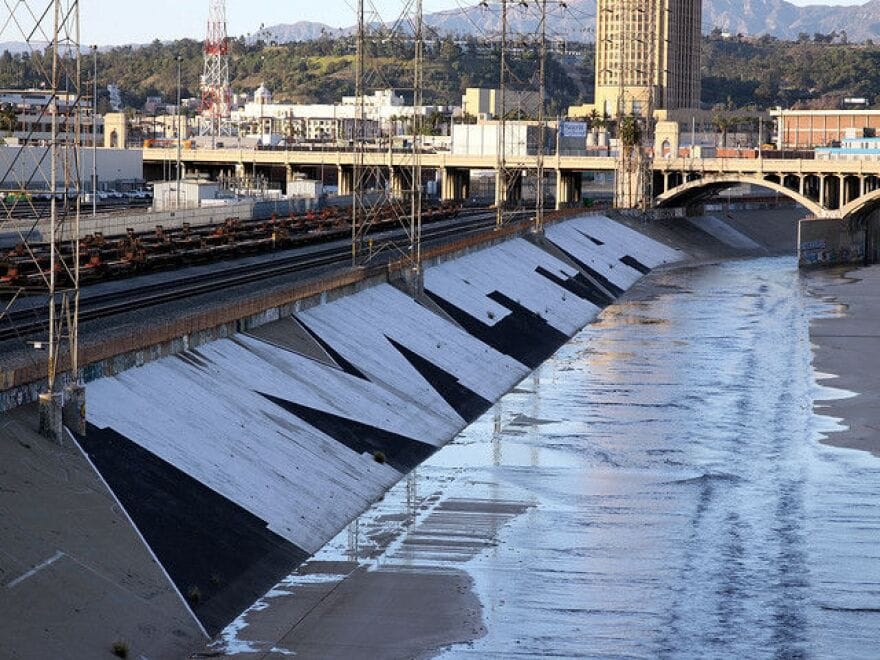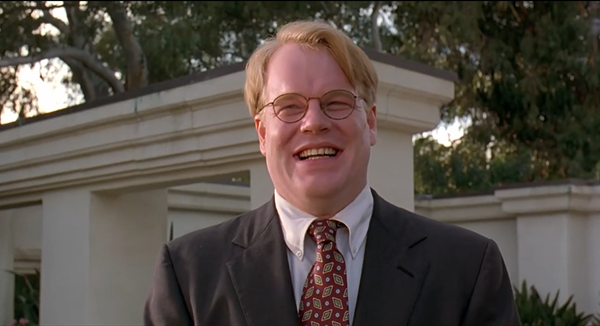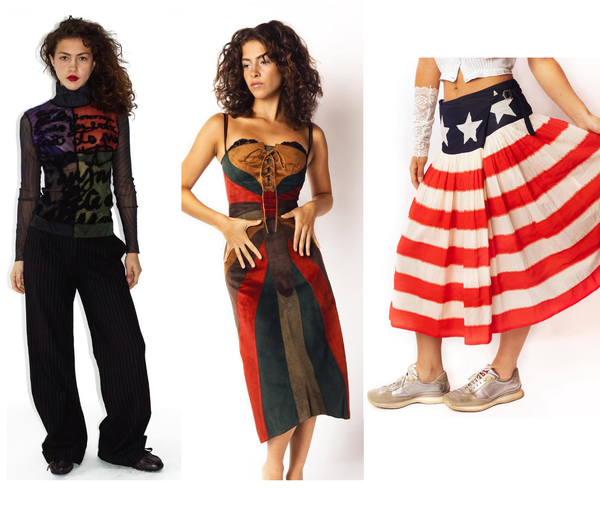When issues such as spacial injustice in Los Angeles are represented by the elite circles
Urban planning throughout history has long been operated as a tool of political control and economic dominance, disproportionately impacting vulnerable communities through zoning laws, highway construction, and patterns of displacement, which is also the case for Los Angeles.

Urban planning throughout history has long been operated as a tool of political control and economic dominance, disproportionately impacting vulnerable communities through zoning laws, highway construction, and patterns of displacement, which is also the case for Los Angeles. In the past years, we have seen countless Los Angeles-focused projects or grants that draw our attention to the social and political make-up of the city, while they do provide some valid discourses about the spatial injustice. Most of these representations of this systemic injustice remain limited because of how the art industry is shaped in Los Angeles.
A quote from the scholar Mary M. Thomas concludes very well what the problem is: “the politics of recognition within the art world often mirror the spatial politics of the city itself”, meaning what is being seen or advocated within the institutional art circle reflects the often commercial benefit that cycles within the elite circles, rather than what is socially benefiting to those oppressed due to unjust urban planning. The individual artists that the market or the industry promote are also within that elite network, either graduating from top art colleges or having connections with important figures. Though that is not to say there is anything wrong with that. But when we are looking at themes such as spatial injustice, or any other socially aware topic, it is essential to think about the context, the representation, and who is excluded from that narrative.
This institutional gatekeeping is especially prevalent in Los Angeles, where artistic success is often contingent on professional networks. As Elizabeth Currid observes, the “social milieu of cultural economies is not merely an epiphenomenon but a central driver of cultural production itself.” It is easy to be excluded from those networks if one does not have the privilege to gain access to the art market/industry, regardless of the relevance or urgency of their message. This issue has also been talked about in the interview of Magnus Resch. Read more here.
The alternative, non-institutional practices also exist, but we tend to pay less attention simply because they are difficult to sell. Street murals and graffiti often provide more immediate, community-rooted forms of resistance that seem to be more relevant to topics such as spatial injustice or erased representation. The Metro Transit Assassins (MTA), a graffiti collective active since the late 1980s, have engaged in acts of territorial reclamation through large-scale, unsanctioned public artworks. Their interventions are unfiltered, self-funded, and often face criminalization, located at the very frontier of fighting over space for communities who are neglected in urban planning. Even their takeover of the L.A. River wall, once dubbed the longest illegal graffiti piece in U.S. history, is discussed not as frequently as they should be in the art world.

So where does this leave us? Incorporating marginalized narratives into institutional frameworks can compromise the autonomy and authenticity of these art movements. Yet the lack of institutional engagement also causes a lack of financial or legal security, academic study, and public impact.
Maybe a parallel art critique system is needed—one that exists outside institutional gatekeeping but applies the same rigor, visibility, and seriousness afforded to canonized fine art. Maybe independent publications, artist-run platforms, and community-based critique collectives dedicated to analyzing and documenting unrecognized practices that speak directly to spatial justice and urban resistance? This is a call to rethink what counts as legitimate art, who gets to define it, and how we evaluate its social impact. The co-existence of institutional and non-institutional critique is essential if we hope to fully capture the artistic response to spatial injustice or any other social issue in Los Angeles. Only then can art truly act as a force for reimagining and reclaiming space in a city so deeply shaped by exclusion.





